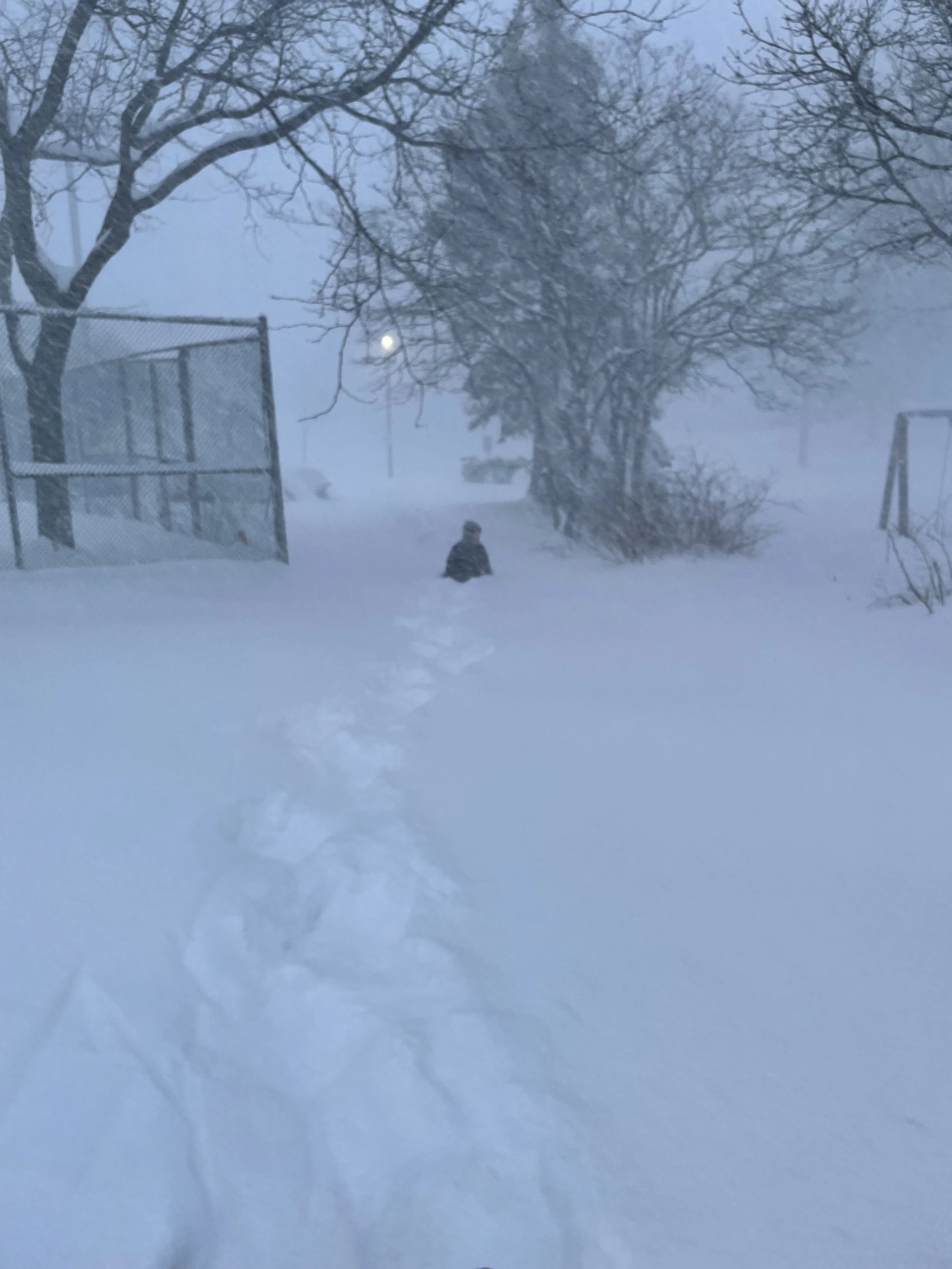Climate
In recent years, climate-related disruptions have gone from rare events to regular operating conditions for supply chain leaders. Once considered “black swan” events, extreme weather is now just part of the backdrop we must build against.
I’ve experienced it firsthand—multiple times. In 2019, while based in Chicago, we faced a polar vortex that dropped temperatures below -50°F, halting freight, grounding air cargo, and pushing warehousing infrastructure to its limits. In 2022, while working in Canada, we navigated the aftermath of the devastating Vancouver floods that severed critical transport corridors between the West Coast and the rest of the country. And in 2023, I watched as wildfires across Canada blanketed cities in smoke and disrupted logistics for weeks. These events weren’t “outliers.” They were operational facts.
For supply chains, climate change is no longer a future concern—it’s a present-day risk. And the way we prepare will define not just our resilience, but our relevance.
Transportation is always the first to feel the shockwaves of a climate event. Whether it's rail lines washed out by flooding, trucking routes blocked by snow and ice, or aircraft grounded due to low visibility, the physical movement of goods becomes the first casualty.
The 2022 Vancouver floods were a perfect example. For a period of time, every rail and highway artery out of the Lower Mainland was severed, effectively cutting off the port from the rest of the country. Re-routing options were limited, expensive, and slow. We, along with the rest of Canadian Supply Chains, were forced to make fast, often uncomfortable decisions about inventory prioritization, carrier risk-sharing, and contingency planning. Similarly, the 2019 polar vortex in Chicago disrupted LTL networks for over a week, creating backlogs that took nearly a month to recover from.
In each case, access to real-time data, strong carrier relationships, and scenario planning made all the difference. But they also exposed the limitations of infrastructure that was built for stability—not volatility.
While transportation bears the immediate brunt, demand planning is quietly reshaped by climate uncertainty, too. Weather patterns affect consumer behavior, retail foot traffic, and even category seasonality. An unseasonably warm winter delays demand for outerwear and heating products. A summer wildfire season discourages outdoor spending, but skyrockets for air purification systems. Sudden cold snaps can collapse entire promotional windows.
The challenge is that traditional planning models rely on historical data—and climate change is making the past less and less predictive of the future.
To stay ahead, demand planning teams must become more agile, leveraging external datasets, weather forecasting, event-based modeling, and stronger alignment with commercial teams. Forecasting in a climate-sensitive world means sensing, not just projecting.
Future-Proofing: Scenario Planning and Network Design
The most resilient supply chains today are those that have invested in robust scenario planning. This isn’t about predicting every storm—it’s about preparing for the fact that disruption is inevitable. Leaders must ask:
What if our port of entry is inaccessible for 14 days?
What if carrier availability drops 40% in a region?
What if seasonal demand surges two months early?
Running scenario simulations across transportation, inventory, and fulfillment can expose vulnerabilities before they become real-world problems. Equally important is cross-functional collaboration—demand, supply, and logistics must work together to model risk, not just optimize efficiency.
In parallel, network design must evolve. Single-node or single-region dependencies are increasingly dangerous. Companies that once centralized operations for cost savings are now shifting toward decentralization, nearshoring, and dual-sourcing strategies. It’s not just about getting closer to the customer—it’s about creating optionality when a region becomes inaccessible.
Future-Proofing: Culture, Technology, and Sustainability
Building a climate-resilient supply chain isn’t just about tactics—it’s about culture. Teams need to be trained to think in terms of risk, not just process. Leaders must foster a mindset of adaptability, where decisions are made with imperfect information and resilience is rewarded just as much as efficiency.
Technology plays a huge role here. Advanced control towers, AI-driven forecasting (there, I’m finally using the buzzword!), and digital twins allow us to model and react in real time. But tools are only as effective as the people using them—and the systems willing to listen to them.
Lastly, sustainability itself becomes a strategic lever. Reducing emissions, optimizing packaging, and building circularity into your supply chain isn’t just good for the planet—it’s a hedge against regulatory pressure, carbon taxation, and reputational risk. Climate resilience and climate responsibility are no longer separate goals—they’re strategically intertwined.
Climate change isn’t a future scenario—it’s a present variable. It touches everything from sourcing to shipping to selling. And it’s no longer enough to react.
Supply chain leaders must move from response mode to readiness mode. That means rethinking planning models, rebuilding network architecture, and most importantly, reorienting culture toward resilience.
Because in a world of growing unpredictability, those who plan for volatility will outperform those who hope for stability
Heavy snow in North York, Toronto, Ontario. In fairness, it was January, but my son and I struggled to walk the dog (evidenced by the fact you can’t see the dog).



